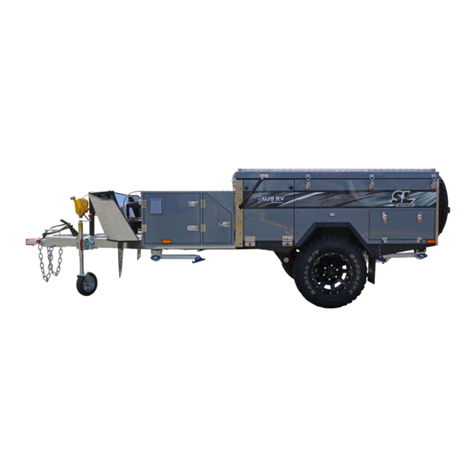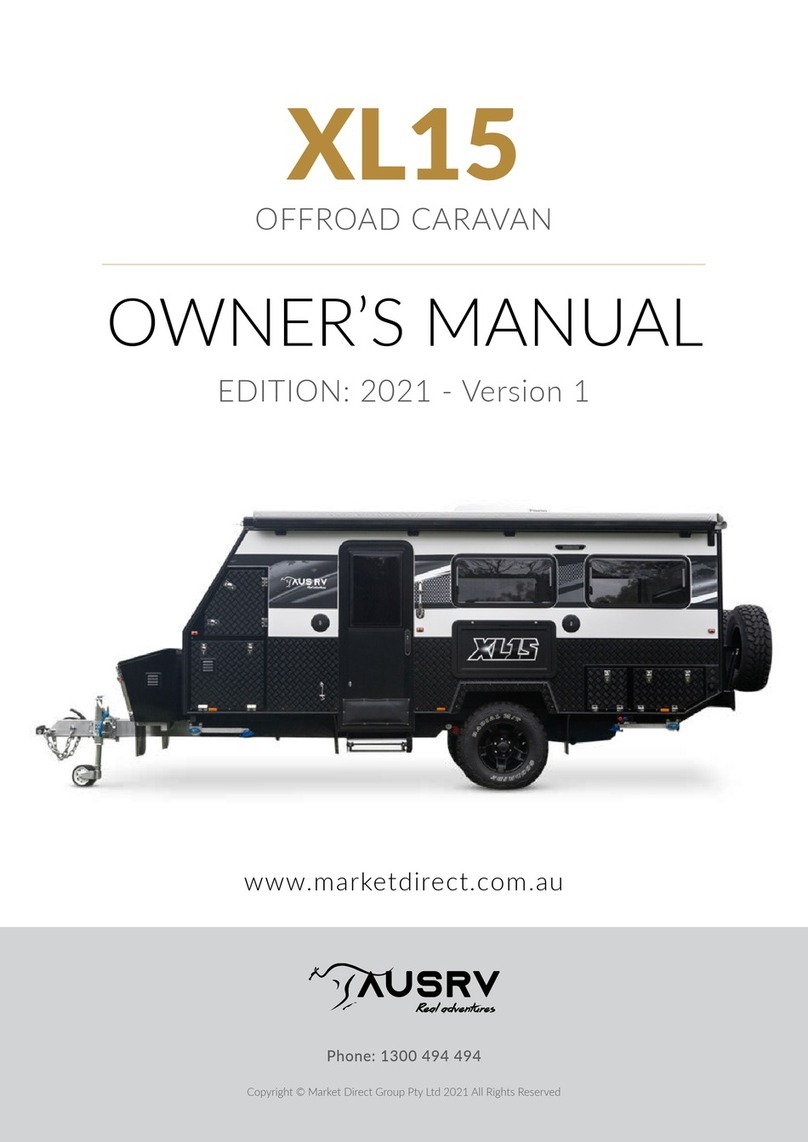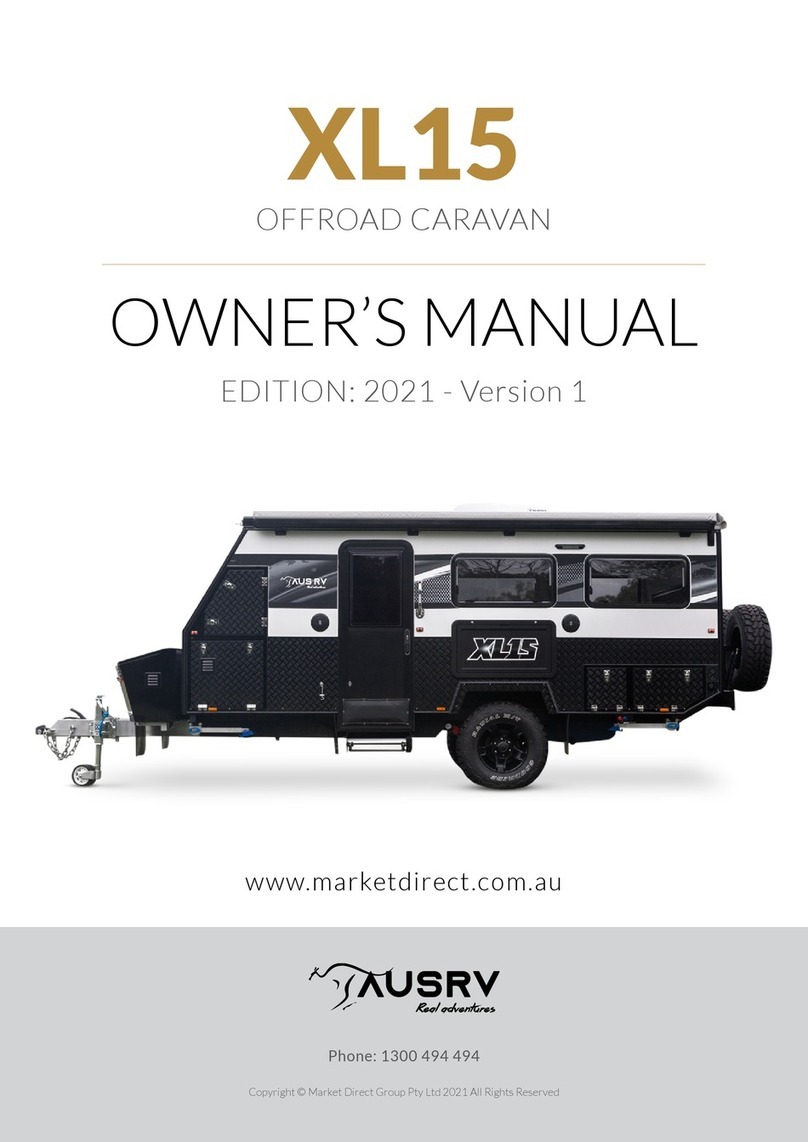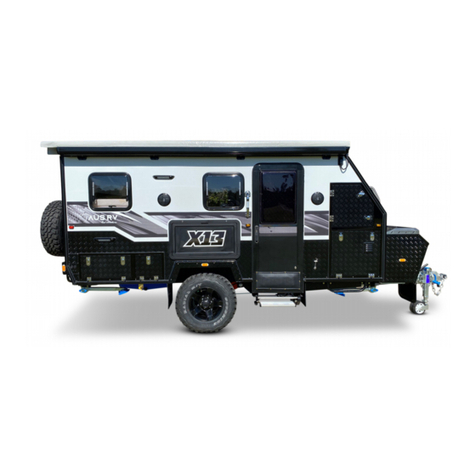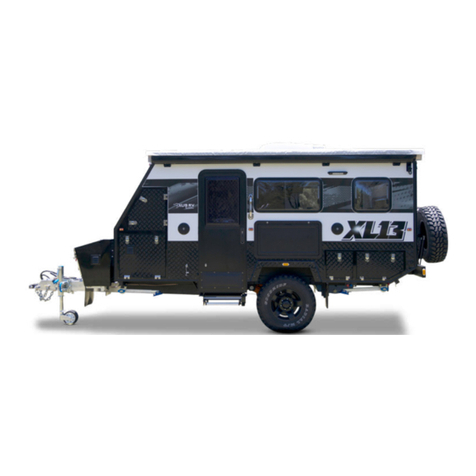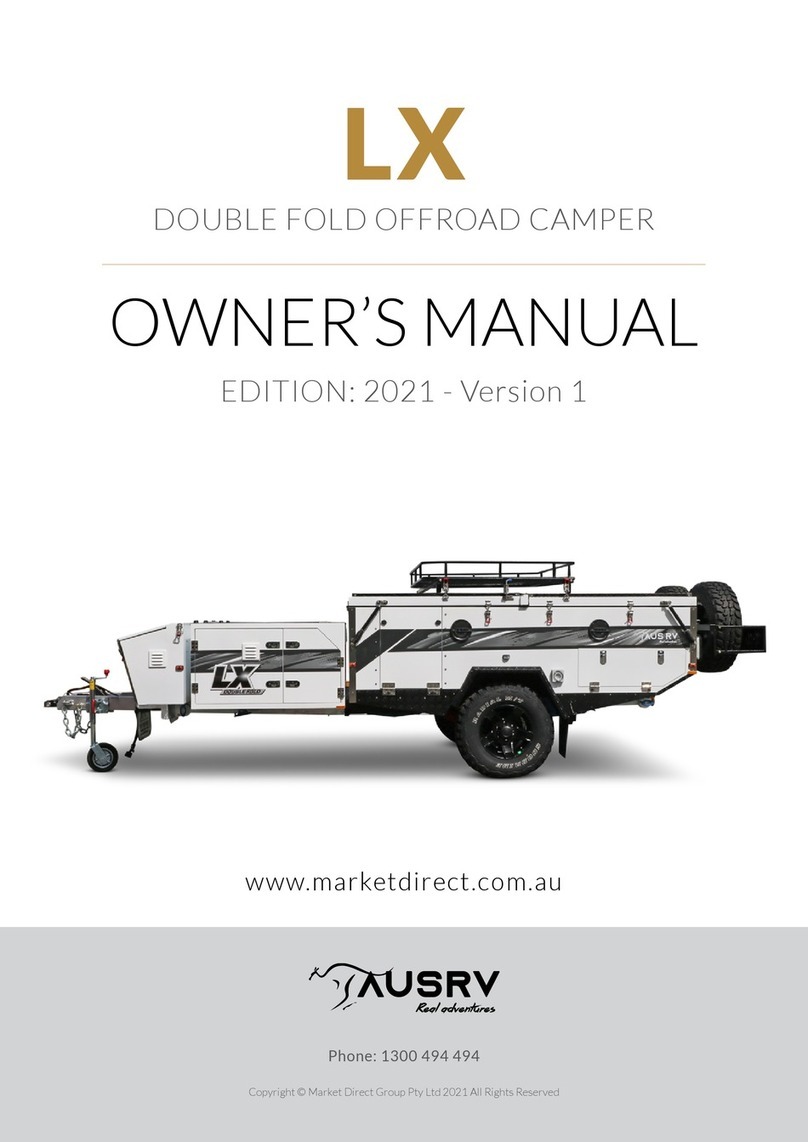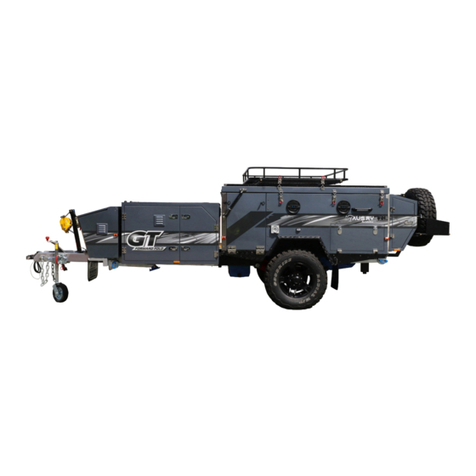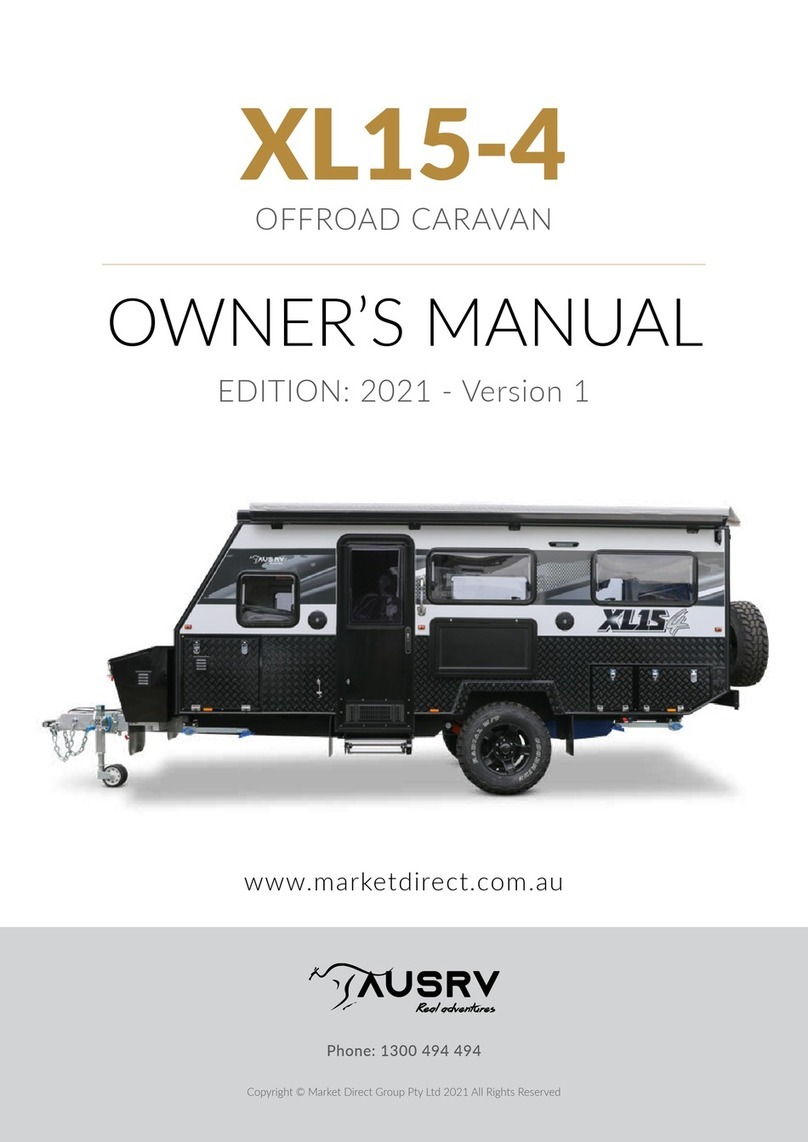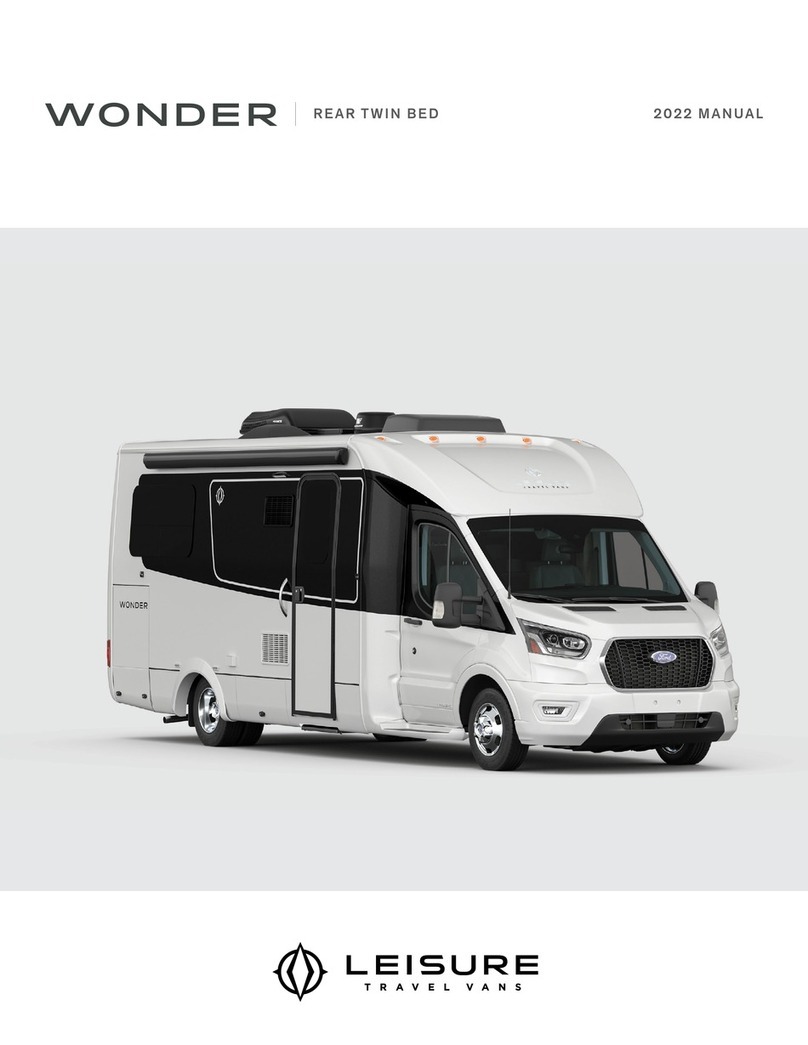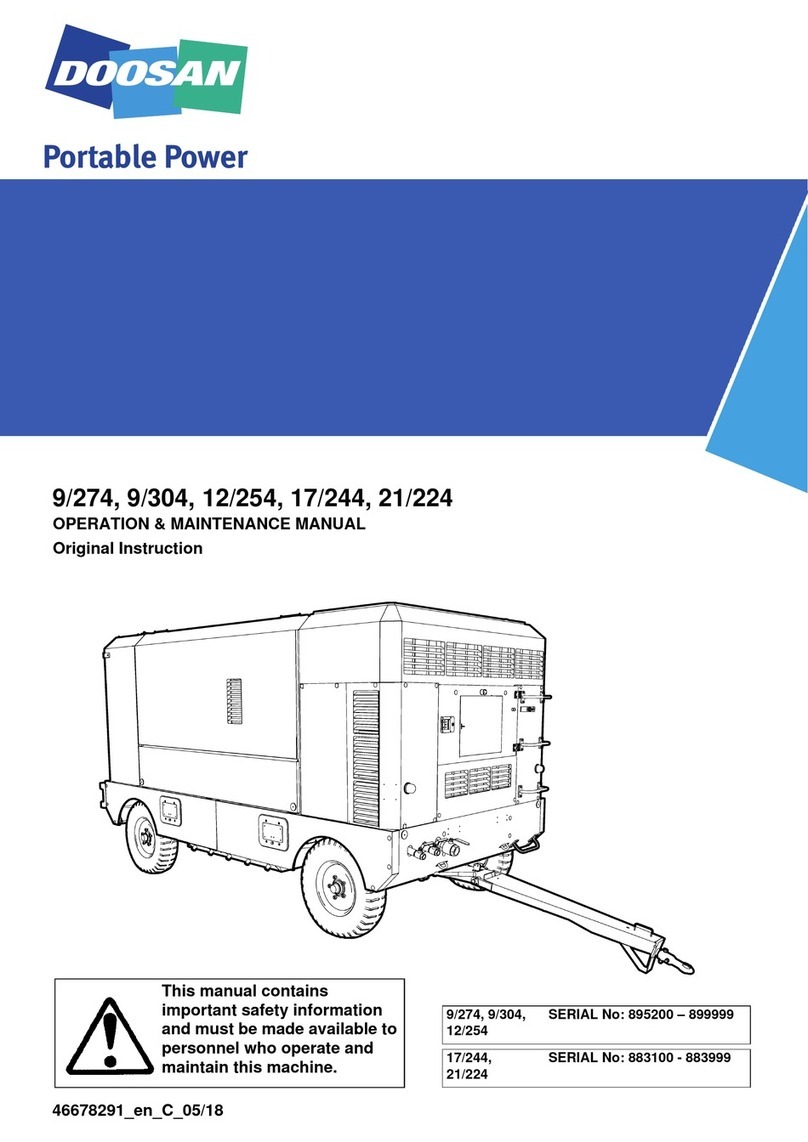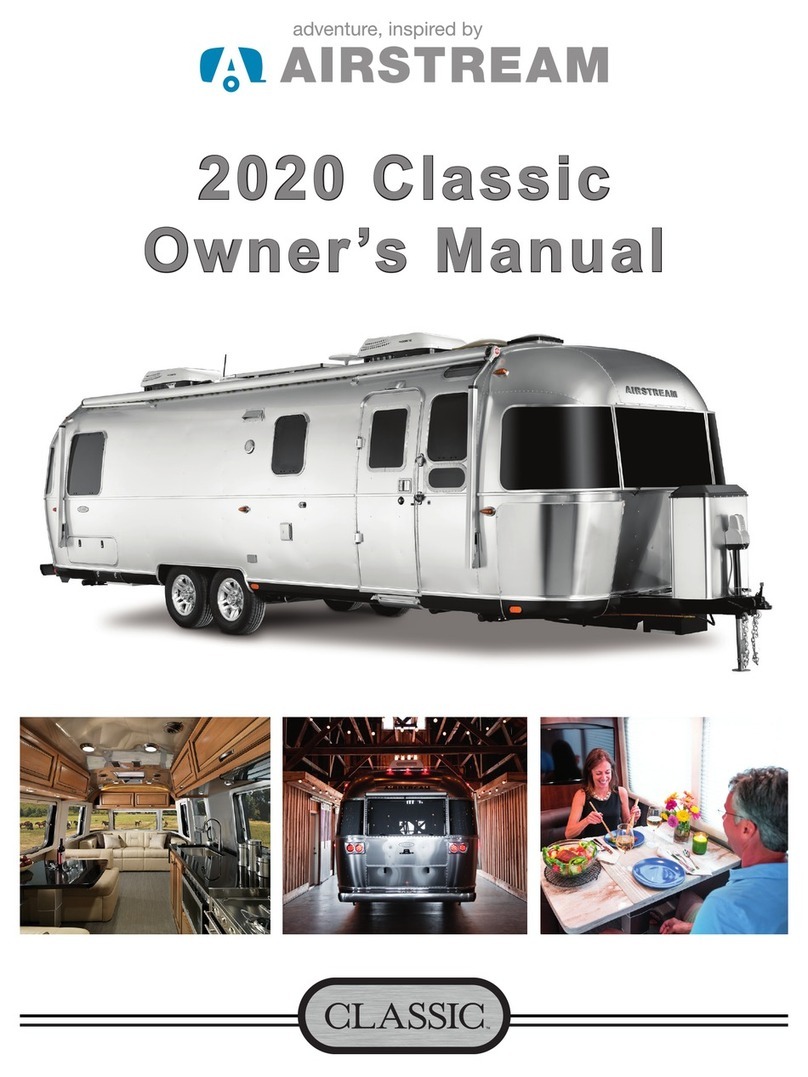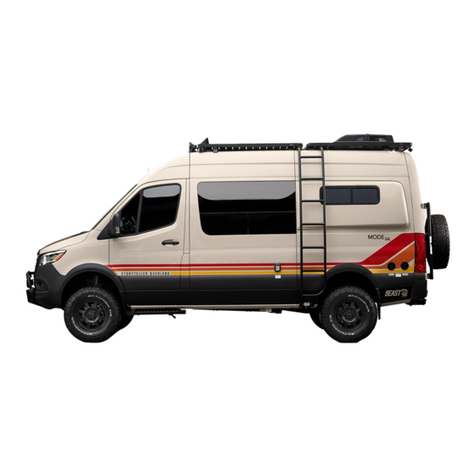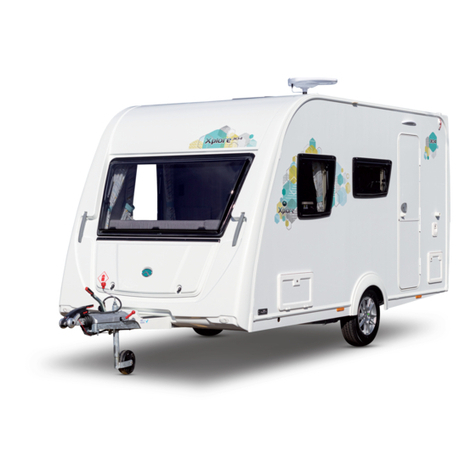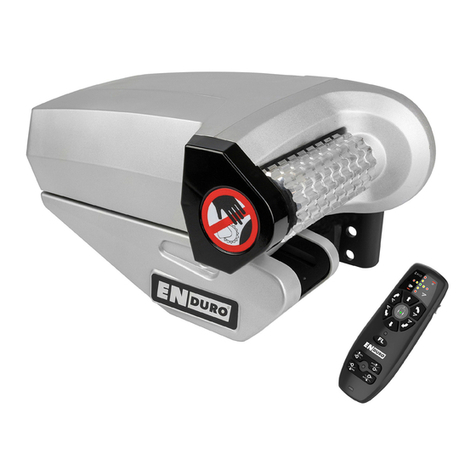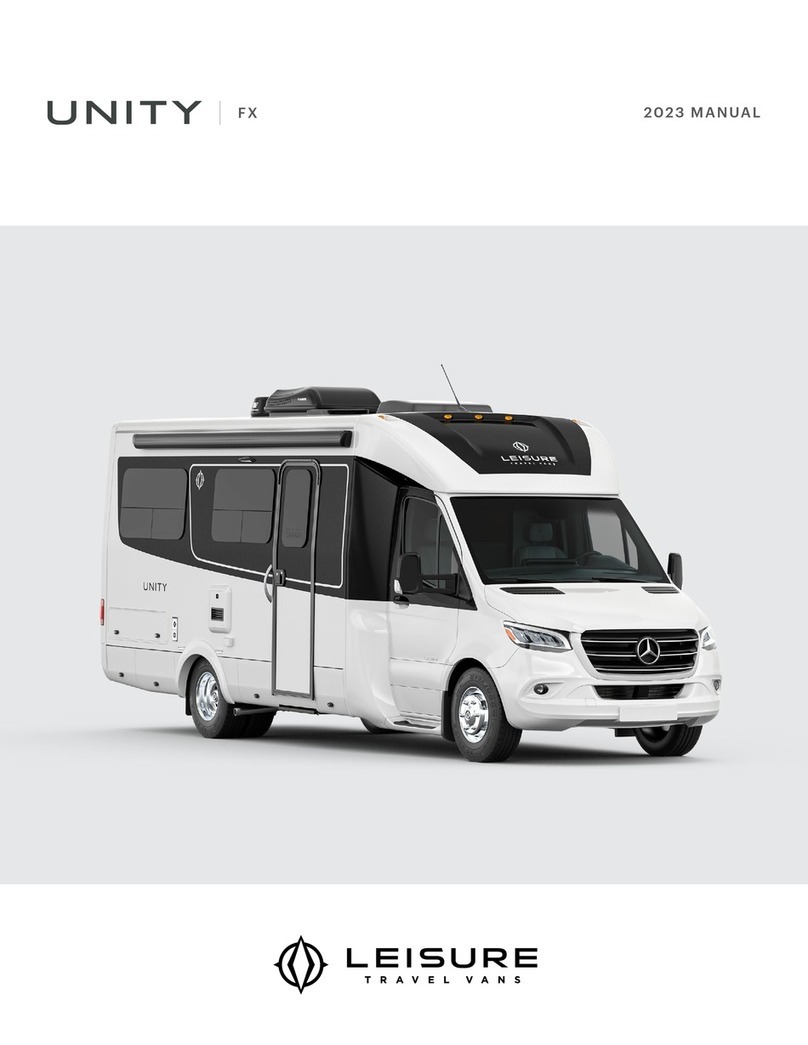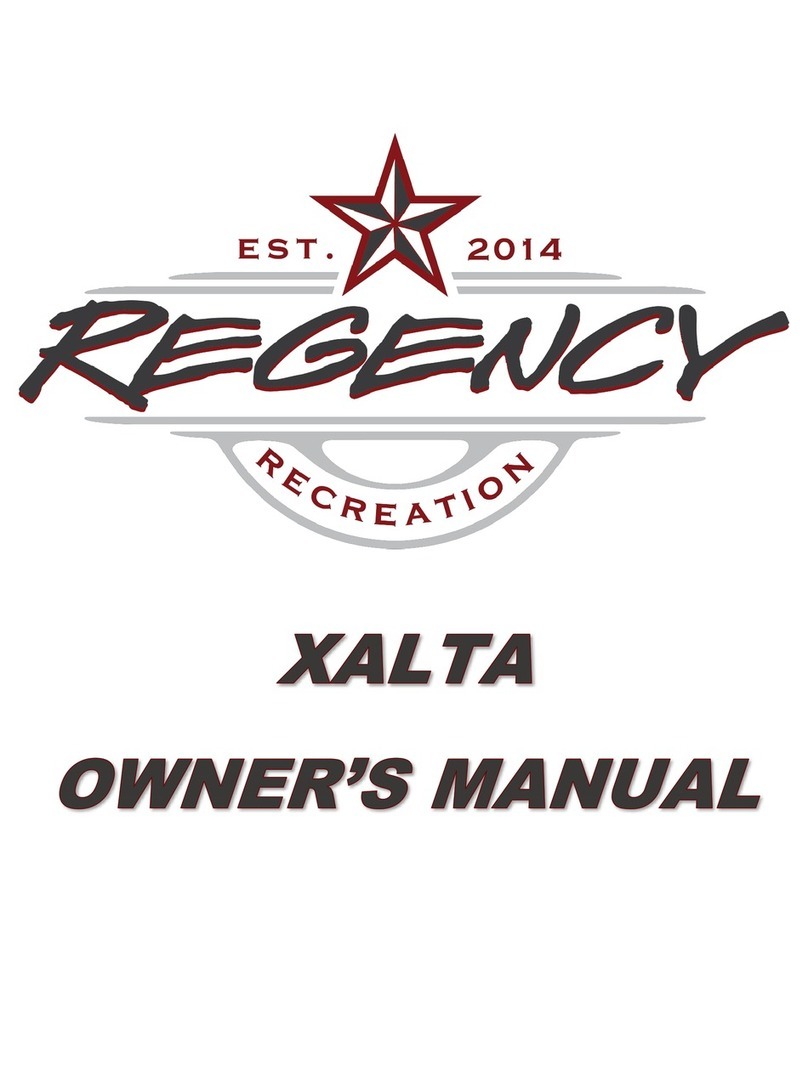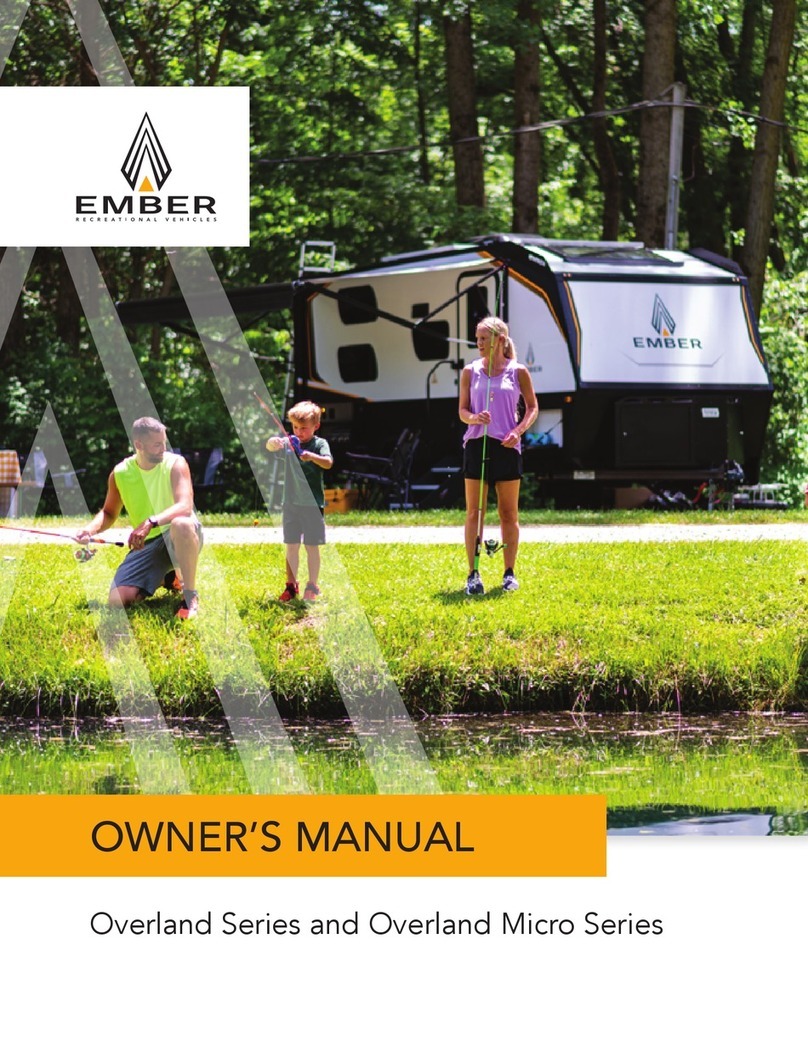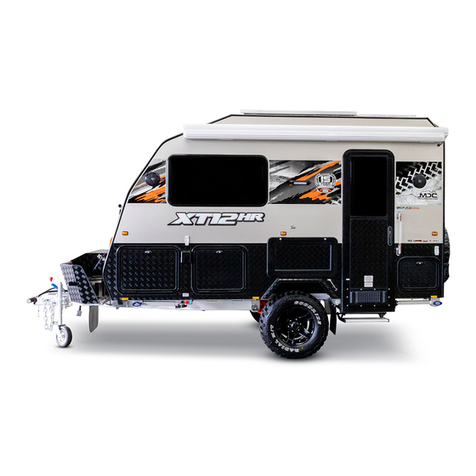
www.mdcusa.com Ph: 833 632 8721 Contents
General Safety Information .............................................6
Safety Alert Symbols and Signal Words ..................6
Reporting Safety Defects .............................................7
Tow Vehicle and Trailer Compatibility .....................7
Terminology & Abbreviations ......................................8
Secondary Escape ............................................................9
Using the Secondary Escape .....................................9
Tire Safety Information ....................................................... 10
Steps for Determining Correct Load Limit - Trailer 10
Trailers 10,000 Pounds GVWR or less ................... 10
Steps for Determining Load Limit -TOW VEHICLE 10
Tire Safety - Everything Rides on it ............................ 11
Safety First - Basic Tire Maintenance ..................... 11
Finding Your Vehicles Recommended Tire
Pressure and Load Limit .............................................. 11
Understanding Tire Pressure and Load Limits ... 11
Checking Tire Pressure ................................................ 12
Steps for Maintaining Proper Tire Pressure ........12
Tire Size .............................................................................. 12
Tire Tread ..........................................................................12
Tire balance and wheel alignment ........................... 12
Tire Repair ......................................................................... 13
Tire Fundamentals ......................................................... 13
2.3.10.1 Information on Passenger Vehicle Tires 1 3
Treadwear Number UTQGS Information ............. 14
Additional Information on Light Truck Tires ........ 15
Tire Safety Tips ...............................................................15
Propane Safety ....................................................................... 16
Gas Certication ................................................................ 16
General Safety .................................................................... 16
Propane Cylinder Safety ................................................. 17
Gas Appliance Safety ........................................................ 18
Removing Door Vent Cover ...........................................18
Isolating Appliances .......................................................... 18
Electrical Safety ..................................................................... 19
Shore Power ......................................................................... 19
GFI Safety Switch ............................................................... 19
Battery Compartment ..................................................... 19
General Safety ........................................................................ 20
Brakes .....................................................................................20
Brake Controller ............................................................. 20
Brake Maintenance and Adjustment ...................... 20
Maintenance ..................................................................... 20
Jacking Your Trailer ........................................................... 21
Dangerous Gases ............................................................... 21
Trailer Specications ............................................................ 22
AUSRV Contact Details and Stores ............................ 22
Using Your Trailer .................................................................. 23
Opening and Closing the Roof ...................................... 23
Opening the Roof ........................................................... 23
Closing the Roof .............................................................. 23
Connecting to the Tow Vehicle ..................................... 24
Towing with Trucks and Buses .................................. 24
Connecting the Hitch .................................................... 25
Connecting Wiring .........................................................30
Connecting the Safety Chains ...................................30
Connecting the Breakaway ........................................ 31
Loading Your Trailer .......................................................... 32
Pre-Trip Inspection ............................................................ 32
Operating Trailer Features ............................................. 33
Stabilizer Legs .................................................................. 33
Connecting Shore Power ............................................33
Using the Slide Out Kitchen .......................................33
12 Volt Electrical System ................................................34
Control Panel ...................................................................34
Towing Your Trailer ............................................................... 35
Speed and Road Conditions ........................................... 35
Trailer Sway .......................................................................... 35
Fatigue .................................................................................... 35
Daily Checks ........................................................................35
Correct Wiring of Tow Vehicle .....................................36
Choosing a Camp Site ....................................................... 37
Inclement Weather ........................................................ 37
Care and Maintenance of the Trailer .............................38
Protection of Finishes ......................................................38
Corrosion Protection ....................................................38
Table of Contents
